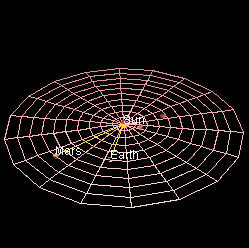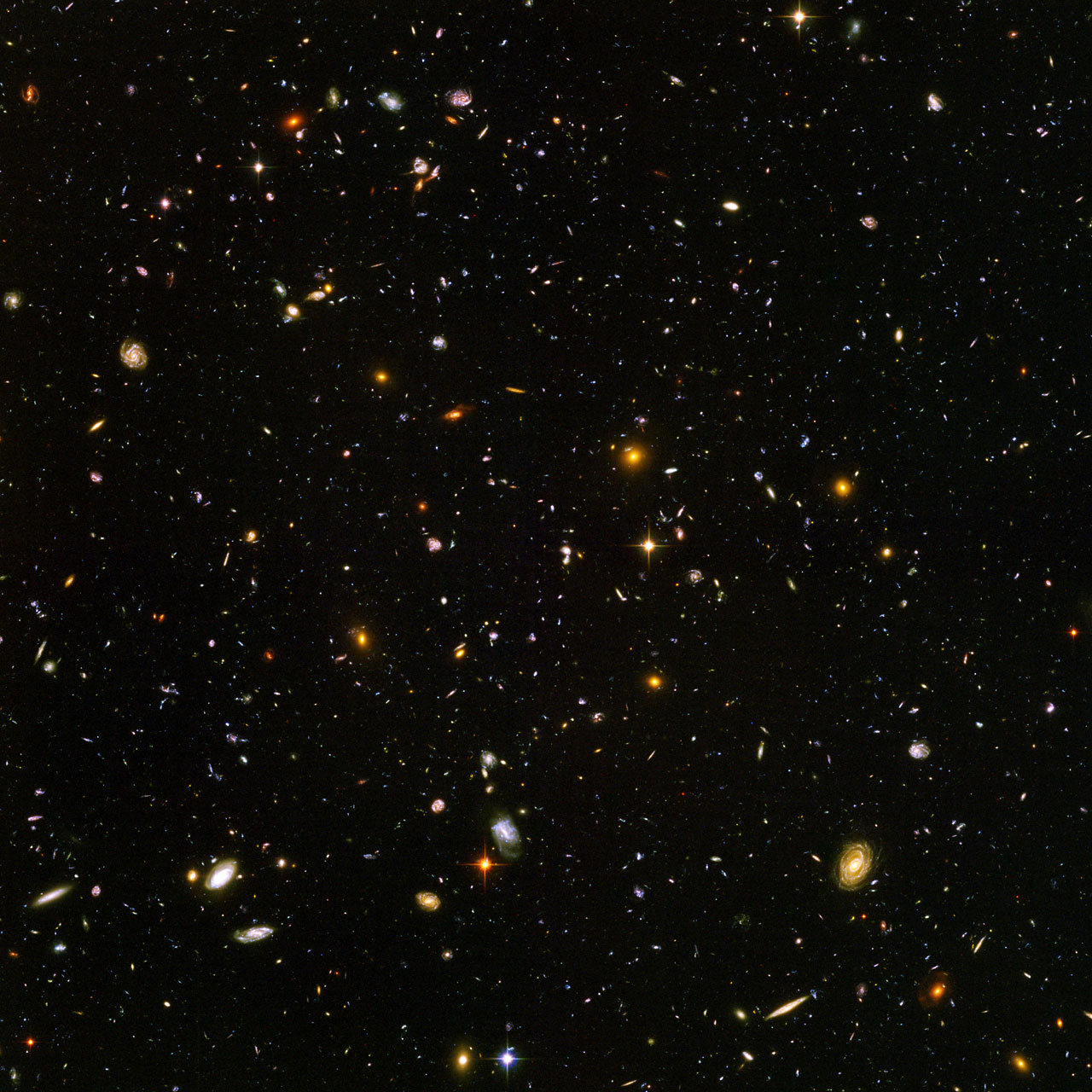Hampir semua dari kita yg pernah belajar ilmu alam tentu tau kalo orbit dari planet itu berupa lingkaran yg mengelilingi matahari [sebagai pusat dari tatasurya]
biasanya, apa yg kita lihat di buku adalah bentuk yg seperti ini :


atau bahkan yg paling modern dengan bentuk seperti ini :

tapi, bagaimanakah bentuk sebenarnya dari orbit planet?
Sedikit Penjelasan:
terjadilah perputaran [revolusi] yg juga dilakukan matahari terhadap pusat galaksi bima sakti.
Bima Sakti itu sendiri -- menurut teori Big Bang, JUGA melakukan pergerakan lurus menjauh dari titik ledakan, yg mengakibatkan seluruh alam semesta ini mengembang/memuai.
Mengembang/memuai nya galaksi bisa dilihat penjelasannya dari gambar ini :

http://www.adjiebrotot.com/2011/11/sejarah-terbentuknya-alam-semesta.html
dan inilah rupa awal terbentuknya ALAM SEMESTA
*tertangkap dengan menggunakan teknologi tercanggih Hubble
penampakan awal:

Galaxies, galaxies everywhere - as far as the NASA/ESA Hubble Space Telescope can see. This view of nearly 10,000 galaxies is the deepest visible-light image of the cosmos. Called the Hubble Ultra Deep Field, this galaxy-studded view represents a "deep" core sample of the universe, cutting across billions of light-years.
The snapshot includes galaxies of various ages, sizes, shapes, and colours. The smallest, reddest galaxies, about 100, may be among the most distant known, existing when the universe was just 800 million years old. The nearest galaxies - the larger, brighter, well-defined spirals and ellipticals - thrived about 1 billion years ago, when the cosmos was 13 billion years old.
In vibrant contrast to the rich harvest of classic spiral and elliptical galaxies, there is a zoo of oddball galaxies littering the field. Some look like toothpicks; others like links on a bracelet. A few appear to be interacting. These oddball galaxies chronicle a period when the universe was younger and more chaotic. Order and structure were just beginning to emerge.
The Ultra Deep Field observations, taken by the Advanced Camera for Surveys, represent a narrow, deep view of the cosmos. Peering into the Ultra Deep Field is like looking through a 2.5 metre-long soda straw.
In ground-based photographs, the patch of sky in which the galaxies reside (just one-tenth the diameter of the full Moon) is largely empty. Located in the constellation Fornax, the region is so empty that only a handful of stars within the Milky Way galaxy can be seen in the image.
In this image, blue and green correspond to colours that can be seen by the human eye, such as hot, young, blue stars and the glow of Sun-like stars in the disks of galaxies. Red represents near-infrared light, which is invisible to the human eye, such as the red glow of dust-enshrouded galaxies.
The image required 800 exposures taken over the course of 400 Hubble orbits around Earth. The total amount of exposure time was 11.3 days, taken between Sept. 24, 2003 and Jan. 16, 2004.
Credit:
NASA, ESA, and S. Beckwith (STScI) and the HUDF Team.
http://www.spacetelescope.org/images/heic0406a/




No comments:
Post a Comment